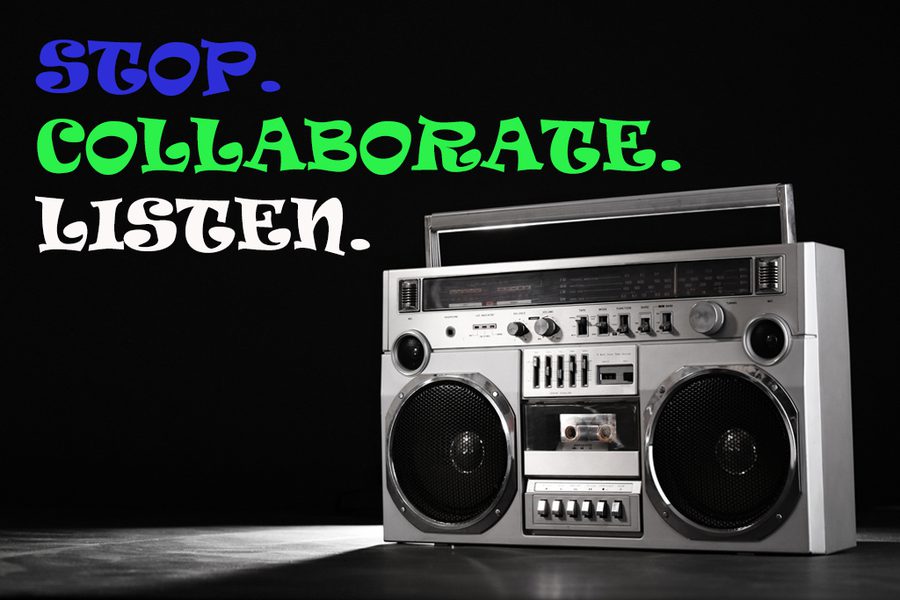
The title of this blog is meant to catch the attention of all those who grew up in the 80s. This is one of the first lines in the debut song "Ice Ice Baby" by American rapper Vanilla Ice. While Vanilla Ice's song doesn't have anything to do with nonprofit collaboration, the words stop, collaborate, and listen do resonate when it comes to opportunities for nonprofits to collaborate with their community. Learn more.
I hope the catchy title to this blog caught the attention of my colleagues who also grew up in the 80s. For those younger or older than me, this is one of the first lines in the debut song "Ice Ice Baby" by American rapper Vanilla Ice. While I don't think Vanilla Ice's song had much to do with nonprofit collaboration, I couldn't resist considering the words stop, collaborate, and listen when it comes to opportunities for nonprofit organizations and the community collaboration.
According to a recent Forbes article, nonprofit collaboration is one of the top nonprofit trends that will dominate in 2024. The author states that collaboration "…will become paramount, both to move the needle on entrenched issues and to create the infrastructure needed to support the social sector."
So, what can nonprofit organizations do to foster effective collaboration in their communities?
STOP
Nonprofits may need to avoid certain behaviors or practices to be more effective and to enhance collaboration:
- Nonprofits should avoid working in isolation. It's important to reach out, network, and build partnerships with other organizations to maximize impact and share resources.
- Nonprofits need to stop viewing other nonprofits as competitors but rather as potential collaborators. Collaborative efforts can lead to greater success in achieving shared goals.
- Organizations should put an end to short-term thinking. Effective collaboration often requires a long-term perspective. Nonprofits should avoid focusing solely on short-term gains and instead invest in sustained partnerships that can lead to lasting impact.
COLLABORATE
Cost savings, improved efficiencies, and better programs are obvious reasons to collaborate, but here are some other benefits of collaboration:
- Diverse Perspectives: Nonprofit collaborations bring together diverse perspectives, experiences, and ideas. This diversity can contribute to more comprehensive problem-solving and a deeper understanding of the issues at hand.
- Strengthening Advocacy: Collaborating allows nonprofits to amplify their voices and advocate for change more effectively. A united front can attract more attention and support from the public, policymakers, and other stakeholders.
- Enhanced Credibility: Partnering with other reputable nonprofits can enhance an organization's credibility and legitimacy. It may also increase trust among donors and the community.
LISTEN
If the purpose of collaboration is to work with others for the betterment of the community, it is also necessary to listen to a variety of stakeholders. Again, there are some obvious contenders, such as partner organizations, donors, and funders. Here are some other dynamic "voices" worth listening to:
- Government and Policy Changes. Staying informed of these matters helps you adapt your strategies based on the evolving regulatory and policy landscapes. You don't want to effect change without this knowledge.
- Technology and Innovation. Embracing these advances can improve collaboration and efficiency. Being open to innovative solutions benefits ALL stakeholders.
- Cultural Sensitivity: Being attuned to cultural nuances and diversity within the community ensures that collaborative efforts are respectful and inclusive.
I certainly didn’t wake up this morning thinking I would be writing a nonprofit collaboration blog based on the lyrics of an 80s rap song, but well…here I am. What thoughts do you have for nonprofit collaboration?
Word to your mother.
Sources:
